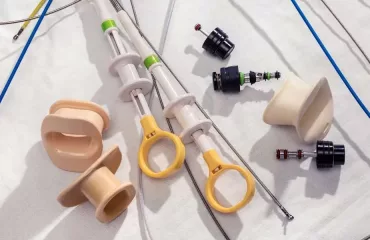

Treatment for syringomyelia depends on the severity of symptoms, the underlying cause, and the rate of progression. Not all cases require immediate intervention.
Surgical Treatment
- Addressing the Underlying Cause: If syringomyelia is caused by a condition like Arnold-Chiari malformation or a spinal cord tumor, treating the underlying issue may alleviate the syrinx.
- Shunt Placement: A shunt is a thin tube surgically implanted to drain excess fluid from the syrinx. This procedure can help reduce pressure on the spinal cord.
- Laminectomy: In some cases, removing a portion of the bony covering of the spinal cord (laminectomy) can help relieve pressure and improve fluid flow.
Nonsurgical Treatment
- Pain Management: Medications, physical therapy, and other pain management techniques can help alleviate discomfort.
- Physical Therapy: Exercises can help improve strength, flexibility, and balance.
- Occupational Therapy: Training in daily living activities can enhance independence.
- Monitoring: Regular check-ups and imaging studies are essential to track the progression of the syrinx.
It’s important to discuss treatment options with a healthcare professional to determine the best course of action based on individual circumstances.



